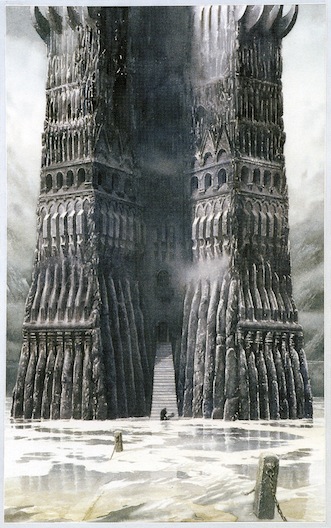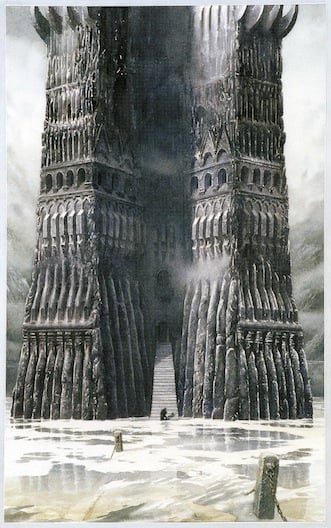In his foreword to the second edition of The Lord of the Rings, Tolkien boldy declares his dislike of allegory and notes that, whatever critics and readers have suggested, the novel is most certainly not an allegory. Nonetheless, Christian readers have insisted on finding parallels to Christian theology throughout his works, to the extent that they commonly consider various characters---Gandalf in particular---to be explicitly Christ-figures.
Given Tolkien's adamant rejection of any sort of allegorical reading of his text, we surely cannot admit of an accidental allegory; such a thing would not make sense. More, when we hold The Lord of the Rings up against works that are explicitly allegorical---C. S. Lewis' The Chronicles of Narnia, for example---we note that there is a real and even profound difference between the two in character and tone. We should therefore grant that Tolkien is not to be argued with here and move on.1
Still, Christian ideas keep popping up in his works: the death and resurrection of Gandalf, the unambiguously demonic evil that the heroes oppose in its various incarnations of Sauron or the Balrog, the king returning to claim his throne after a long stewardship, the long-awaited marriage of that triumphant king to a radiant bride, and so forth. While these do not have the sorts of explicit allegorical turns that characterize, for example, Lewis' explicit identification of Aslan with Jesus, clearly there is something going on here. What is more, Tolkien himself would freely admit it.
The answer is simple enough. What many readers have mistaken for allegory is typology instead.
Login to read more
Sign in or create a free account to access Subscriber-only content.

